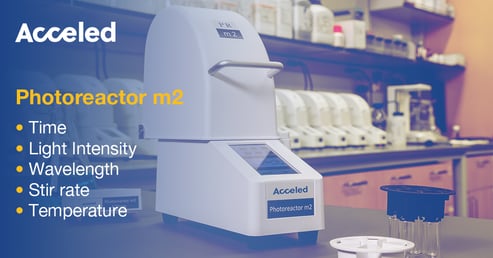Proteomics, the study of proteins, has tremendously advanced through the innovative application of visible light photocatalytic reactions in live cells. This cutting-edge technique enables the selective labeling of proteins within cellular environments, offering remarkable opportunities for understanding intricate cellular processes and interactions.
The Power of Photocatalysis in Drug Discovery Advantages of Photocatalysis for Proteomics
-
Biocompatibility and Selectivity
These reactions are biocompatible, allowing protein labeling within live cells without detrimental effects on cell viability. The selectivity of the reactions permits the targeting of specific proteins or subcellular structures, such as mitochondria, enabling focused investigations. -
Protein-Protein Interaction Studies
Photocatalytic proximity labeling facilitates the study of protein-protein interactions. By capturing protein interactomes through brief exposure to visible light, researchers gain insights into the complex network of interactions occurring within live cells. -
Targeted Labeling of Specific Proteins
The technique's specificity allows the labeling of particular proteins, as demonstrated in studies targeting proteins like MCL-1 using photocatalytic reactions.

The Photoreactor m2 is back in stock and ready to be shipped!
Have a light-intense research application? Streamline your photoredox catalysis reactions with the m2.
Proteomics Studies Utilizing Photoreactor Technology
Selective Mitochondrial Protein Labeling Enabled by Biocompatible Photocatalytic Reactions inside Live Cells
Researchers introduced a biocompatible photocatalytic azide conjugation reaction for selective mitochondrial protein labeling within live cells. This study demonstrated the first successful application of photocatalytic reactions for targeting specific proteins within the mitochondria.
Penetrating the live-cell membrane and the complex intracellular environment has proven difficult. This makes it challenging to create biocompatible reactions inside live cells. The precision of this photocatalytic azide-promoted labeling method has incredible potential for use in intracellular protein network research.
A genetically encoded photoproximity labeling approach for mapping protein territories
Researchers have developed proximity-labeling techniques using photocatalysis, capturing protein interactomes through brief exposure to visible light. This approach allows the study of protein-protein interactions within live cells, expanding the understanding of cellular mechanisms.
This technique is emerging as a powerful tool for mapping biomolecules in their native context. The review captures the mechanisms and applications of small-molecule photocatalysts and explores their future potential and applications.
Photocatalytic proximity labelling of MCL-1 by a BH3 ligand
In a significant study, scientists utilized a BH3 ligand for photocatalytic proximity labeling of MCL-1, highlighting the specificity and versatility of this technique for studying specific protein interactions. The results highlighted in this review show that proximity-induced photolabeling is applicable to interfaces that mediate protein-protein interactions.
The efficacy and specificity of visible light photocatalytic reactions make them invaluable in modern proteomics research. These techniques have revolutionized the study of protein dynamics and interactions within live cells, opening doors to a deeper understanding of cellular processes and their intricate mechanisms.
Acceled supports engineers and scientists with the power of light. Our best-in-class, easy-to-use benchtop photoreactors and cellular catalyst devices fuel scientific discovery helping solve real-world challenges. Connect with our team to see how we can empower your research and expand the realms of scientific discovery.



